Lately, I feel like my home theater is moving backwards. Despite upgrading to a high-end 4k projector, I’ve also felt compelled to pull some very old equipment back into usage. First was a Laserdisc player, and now a bunch of my old video game consoles.
I’ve mentioned in this blog plenty of times before that I’m not much of a gamer. The original 8-bit Nintendo Entertainment System is still my sweet spot for video games. I have neither an Xbox One nor a PlayStation 4, and the recent announcement of a PS5 didn’t excite me enough to sign up for a waiting list. The most advanced system in my possession is a first-generation “fat” PS3, for which I own about six games, and hadn’t played any of them in years. In fact, aside from the miniature NES Classic Edition deck that I purchased on impulse last year, none of my consoles had even been hooked up to anything in quite a long time.
Firing up the Laserdisc player again got me nostalgic. My kids are just hitting the age where they’re getting curious about video games, but don’t yet have the coordination to play any difficult ones. Some of the old, simple games that have been collecting dust on my shelf seemed like they might be the boys’ speed, so I decided to make a gaming station for them. Unfortunately, my wife was adamant that she’d allow no video games in the living room, nor do we let the kids have a TV in their bedroom. That left only my den in the basement. Recognizing that I was probably opening a Pandora’s Box, I foolishly set about re-integrating the old gaming systems into my otherwise very modern home theater.
Getting Connected
Specifically, these are the items I wanted to install:
- Nintendo NES (vintage)
- Nintendo NES Classic Edition
- Xbox (original)
- PlayStation 3
It was very important to me that I throw this whole project together without spending much money. Fortunately, I already have several bins filled with just about any type of A/V cable I’ll ever need. However, the first major obstacle I encountered was figuring out where to put everything. My equipment shelves are already filled with all of my more important audio and video gear and have no space to squeeze in some bulky game consoles. Even if I could make room for them, the racks are way off to the side of the room, and the only of these consoles with a wireless controller is the PS3. The old corded controllers for the NES and the Xbox won’t reach my seats. That’s kind of a big problem. (Again, I didn’t want to pay for wireless controllers or adapters.)
The answer I came up with was to make a gaming cart that I could store on the other side of the room and wheel out to the front when needed. That led to the only purchase I would make for this endeavor, a rolling printer stand that reasonably matched my room décor. This has enough space on its two shelves for the Xbox, PS3, and NES Classic. I store the vintage NES and all the various controllers in the drawer underneath until needed.
If that sounds like a simple, elegant solution, you may not have considered the myriad of cables required to connect everything. The PS3 and NES Classic at least combine their audio and video into one HDMI cable each, but the vintage NES needs separate cables for Composite video and analog audio, and the Xbox uses Component video (three cables just for that!) plus Toslink audio. Added to that, of course, are power cords for each device. That’s far too many wires to run across my room and plug in each time.
Luckily, being a packrat sometimes has its advantages. Among the old, unused gear taking up storage space in my attic was a DVDO iScan VP50 video processor from around 2006. At one time, several projectors ago, the VP50 was the central hub of my home theater system. I later upgraded to a Lumagen Radiance model (and even that was sidelined to Laserdisc duty recently), but never got around to selling the DVDO. That turned out to be just what I needed to digitize the analog sources and consolidate almost everything into a single HDMI output. I say “almost” because I have a few PS3 games that are fun to play in 3D, but the VP50 can’t process or pass 3D, so I can’t use the processor with that console.
I tried my best to neatly hide all the wires, but still wound up with a tangled mess in the back of the cart. Thankfully, that’s mostly hidden when looking at it from the front. After installing a power strip behind the hardware, I ultimately have one power cord and two HDMI cables coming out of the cart, which isn’t perfect but is much better than trying to connect each device individually.
I didn’t happen to have an HDMI cable quite long enough to reach all the way from the cart to my equipment rack (and didn’t want to purchase one), but I did find an HDMI switch among my unused gear. That proved perfect for switching between the PS3 and the other consoles connected to the VP50. From the switch box, I just need to plug one HDMI cable into the Auxillary input on my primary A/V receiver.
It’s not the prettiest scene in my room to have all these cables running across the floor, but it only takes a couple minutes to get the whole thing set up once I decide to use it.
Don’t Forget the Display
With everything finally connected to my A/V receiver, I can (and have!) played games from each of these consoles on my projector. For obvious reasons, the PS3 games hold up the best when projected on a large screen. In fact, I have one title called Super Stardust 3D that has beautiful graphics and exceptional use of 3D. That’s great fun to play on the projector.
Unsurprisingly, games from the older consoles struggle when blown up to a large image size. Xbox titles look pretty fuzzy, but are at least watchable. The NES stuff, however, is best played on a much smaller screen.
To that end, I have a 32″ TV that I can fairly easily plop down on top of the gaming cart. The old games look better on that, and it spares me from wasting lamp hours on my projector. My kids also get overwhelmed by the projector screen and actually prefer games on the smaller TV anyway. The TV is a 3D model, so I can still use that feature if I want.
Using this necessitates running another HDMI cable back from the equipment rack over to the cart, which is a little awkward having cables going both ways, but it’s worth it to hear all the audio through my home theater speakers. The Xbox and PS3 games have very aggressive 5.1 soundtracks.
Playtime
My boys aren’t particularly skilled at playing video games yet, but they like racing games. A PS3 title called MotorStorm: Apocalypse is a particular favorite of theirs. It has nice graphics and allows them to drive all manner of vehicles through the middle of earthquakes, tornadoes, and other cataclysmic disasters. One of them has almost gotten good enough that he only crashes about 150 times before getting to the end of a level, which is a big improvement over where he started. The other one has a sadistic streak and enjoys intentionally crashing so that he can watch the little digital character go flying off a motorcycle. It takes him about 20 minutes to complete a level that should be done in three.
I’m still partial to the NES games, but I’ve gotten really rusty at playing them. There was once a time when I could beat the original Mega Man without losing a life. Lately, it takes me about 30 tries to get past the Guts Man level without falling to my death. I’m determined to get better at that.
On the Xbox, I’ve enjoyed revisiting 007: Everything or Nothing. License-based video games have a problematic history and usually suck (Brian wrote a post back in 2012 that sheds some light on why that happens), but this was one of the better ones. The graphics are respectable for Xbox, the gameplay is pretty good, and the whole thing feels legitimately James Bond-y. Pierce Brosnan voices the character, and the game even has a fun opening credits sequence with a theme song by Mya.
I’ve had fun playing these old games, but I doubt they’re going to turn me into a hardcore gamer anytime soon. These are about as complicated as I feel like getting, and I have zero interest in ever playing online with other people.
Do any of our readers still play vintage video games?

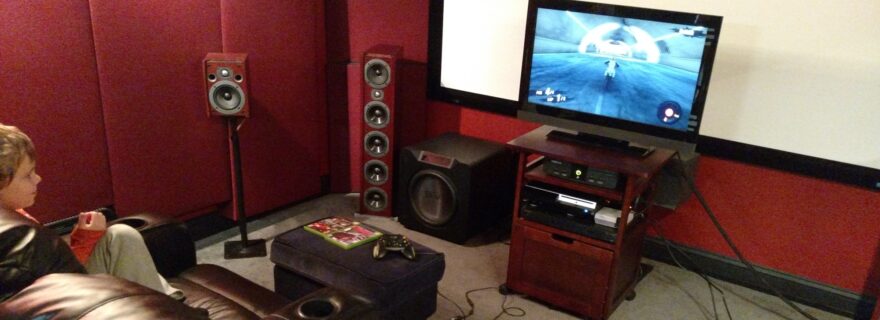
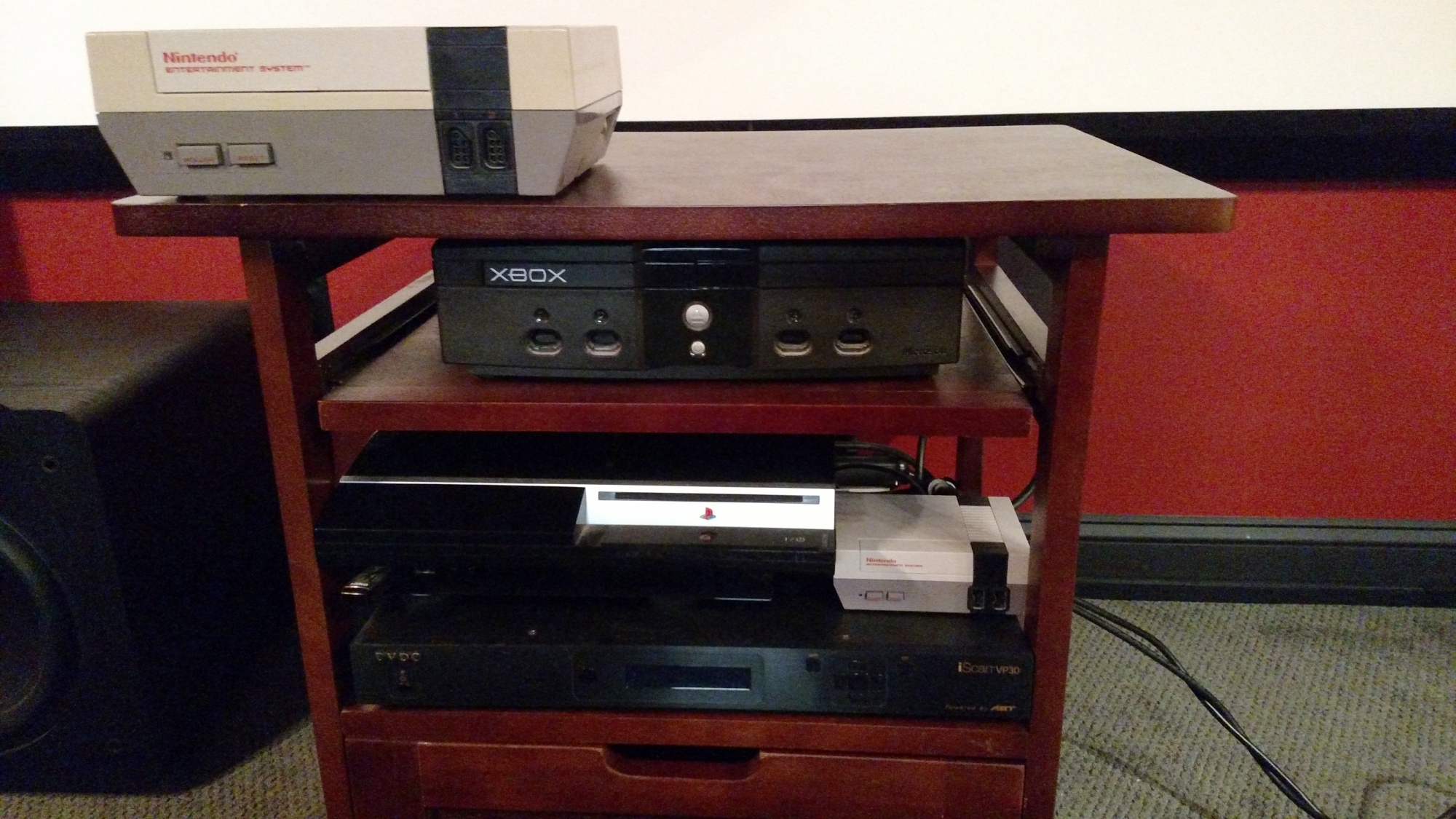
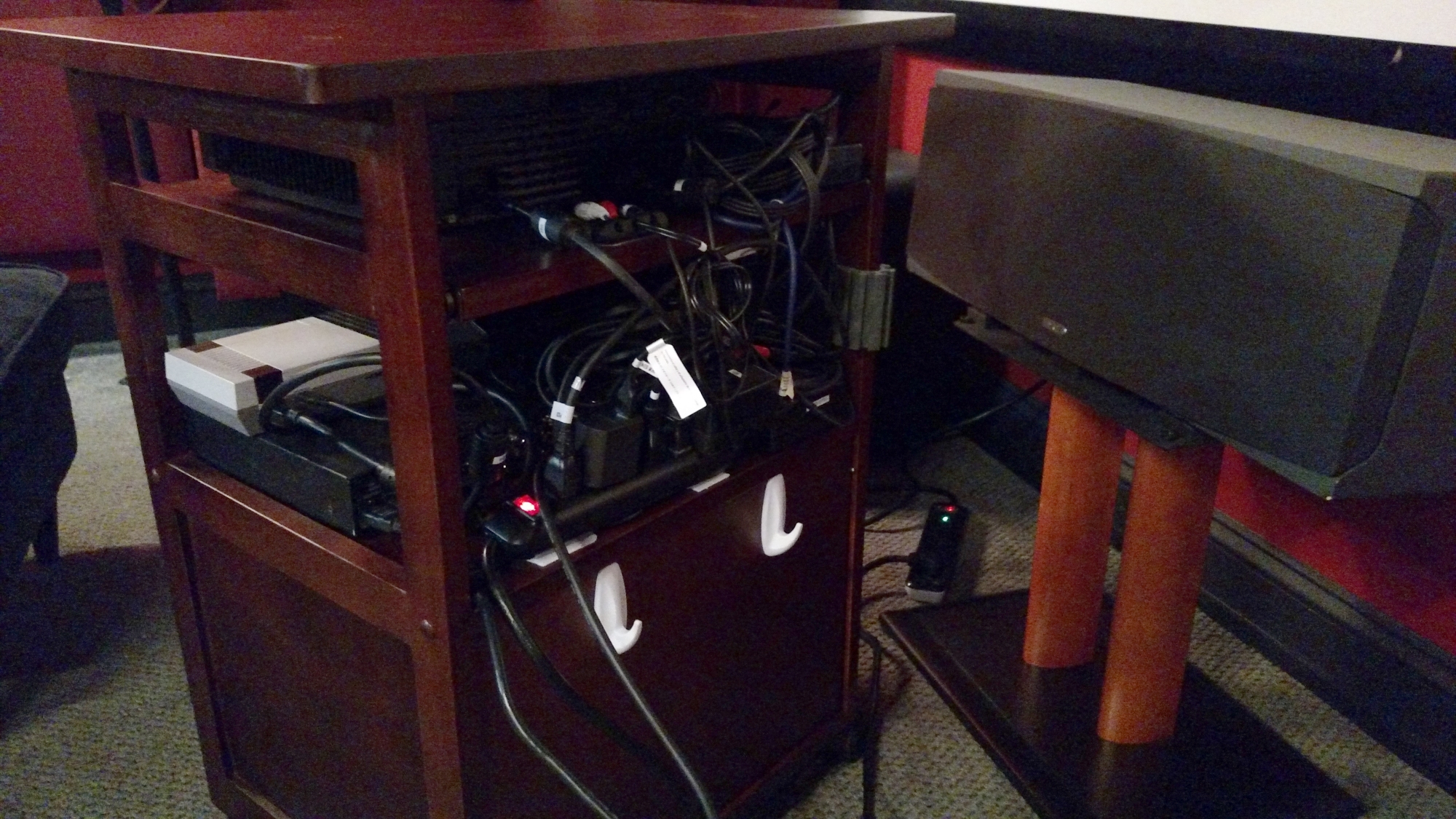
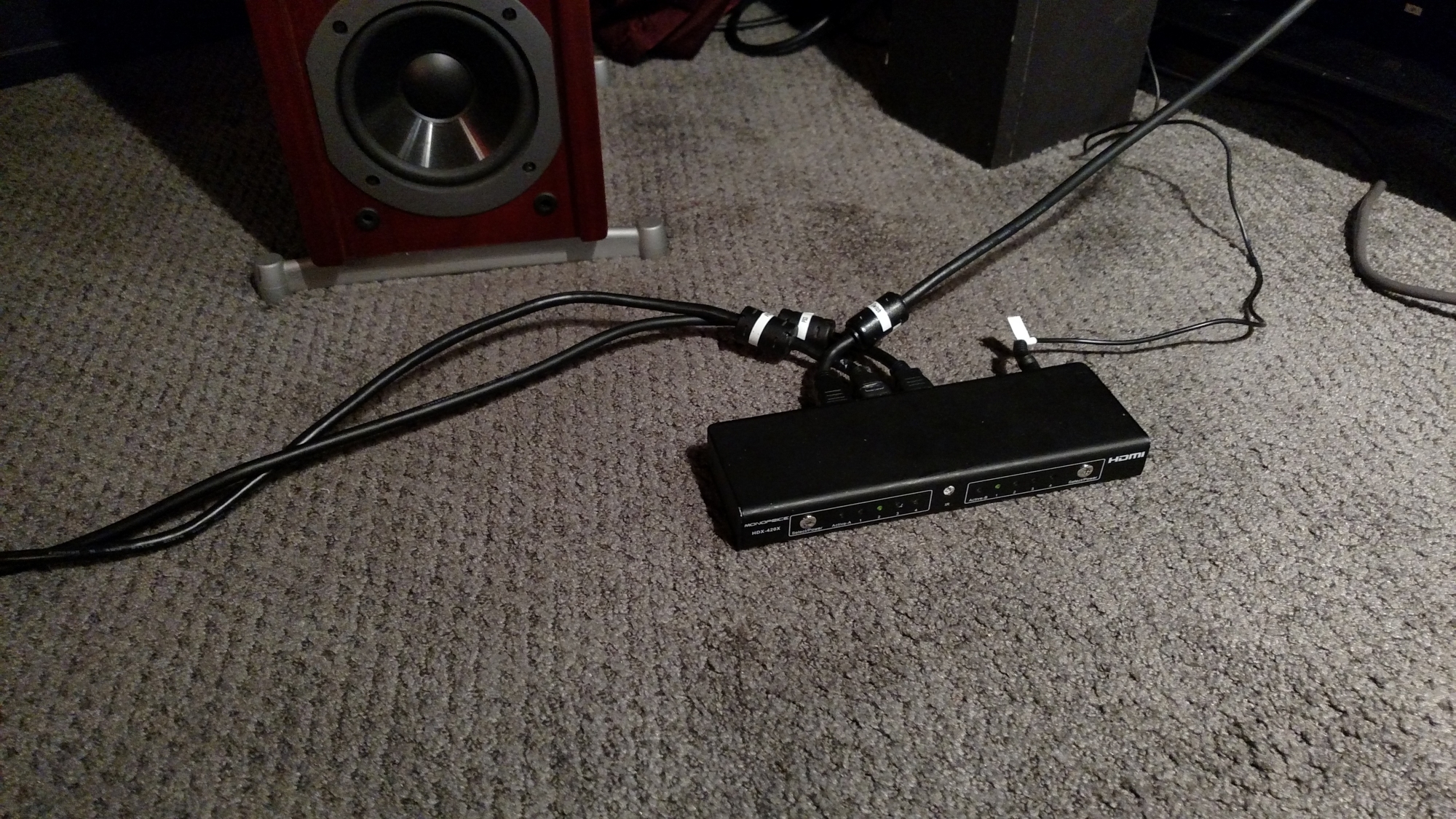
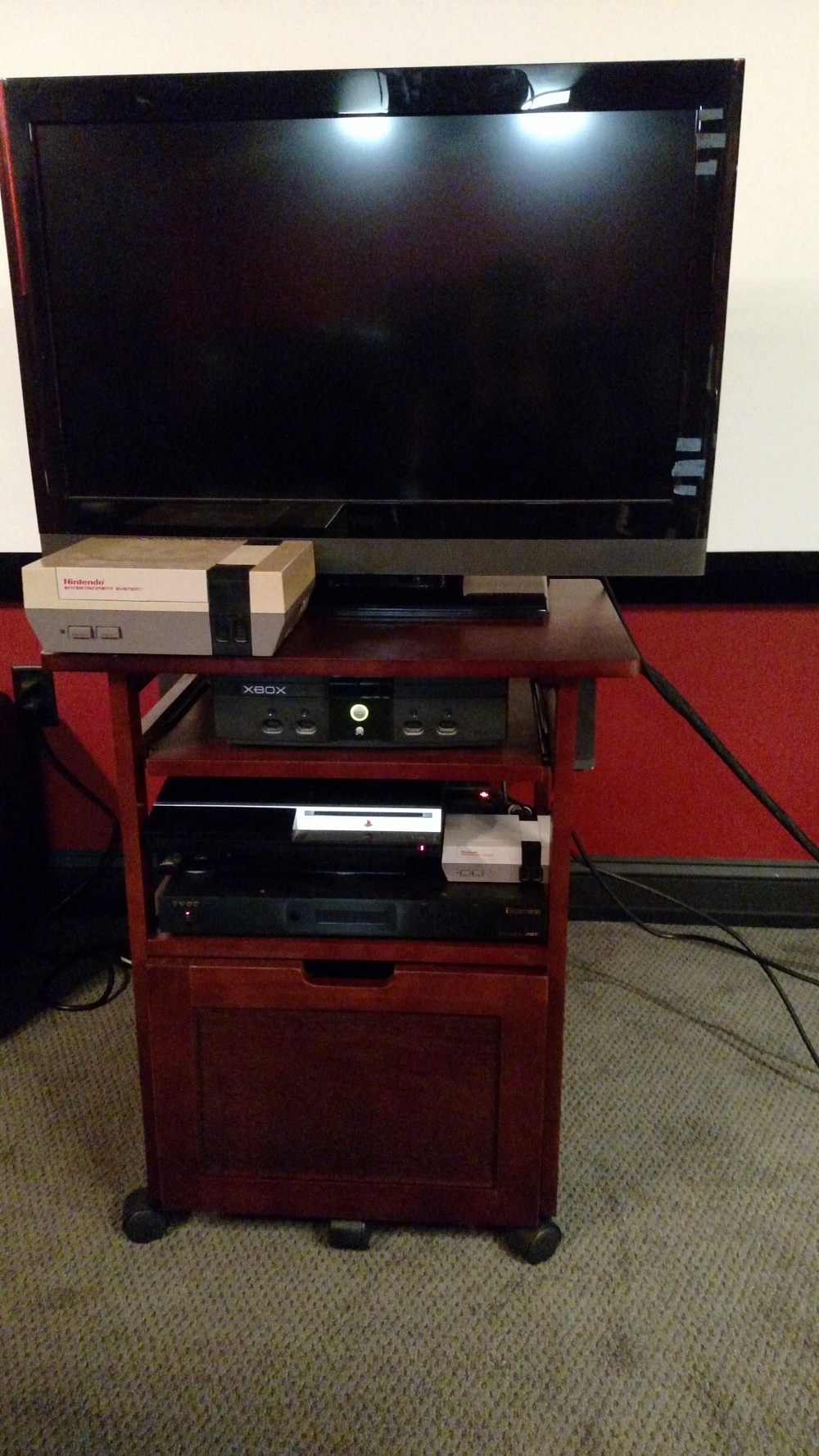

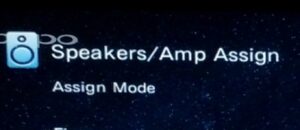
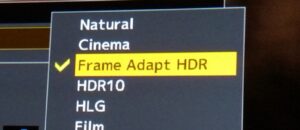
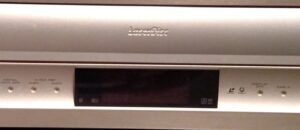
Pedram
Nice little nostalgia trip.
My brother and I were really into playing NES games as kids, but it was usually on a black and white TV about 13″ wide. We never got to hook it up to the family’s colour TV, so now that we both have projectors, we make a point of hooking the NES up to them whenever we get nostalgic. It’s usually with an NES classic (or an emulator before that), so at least it’s one cable to connect.
The graphics are blocky as hell, but we marvel at the fact that we can play those games on a screen size that would have blown our minds as kids. We’ve come a long way from that little B/W TV.
Opinionhaver
Sometimes vintage games are the only way to go; as you’re finding out however, it gets cumbersome when your old tech doesn’t mesh well with the new.
How is the display lag, and is that possibly the reason for your Guts Man struggles? (I know exactly the part: the moving platforms with gaps in the tracks right?)
Josh Zyber
AuthorIt’s very possible that lag is the issue. I haven’t investigated too closely yet. It could also just be that I’m way out of practice. 🙂
Judas Cradle
For the older systems you are gonna need a Framemeister, Oscc, or a retrotink to get them looking correct on a modern TV.
Chris B
I actually borrowed both classic Nintendo consoles from a friend for a few weeks to try em out, and while the nostalgia was there the fun had mostly evaporated. The same games that had me transfixed for hours as a kid now seem like a chore. It was kind of a saddening experience tbh, realizing you can’t go back and revisit most things from your childhood and have them bring you happiness like they once did. If I spring for any console in the future it’ll be a modern one, and most likely a Nintendo switch. The 8 and 16-bit generations were fun but the world has moved on and so have I apparently.
yamato72
I have an NES, SNES, N64 and Dreamcast that I take out from time to time. The PS3 in the basement handles original PS games nicely. And the Wii, still sitting in the living room (next to the PS4), lets us play games from our Gamecube library. As Josh stated, inputs/outputs and controller cable length become the hindrances. Our Onkyo AVR in the basement happily accepts composite video from the older games (and even VGA from the Dreamcast until it got chomped) and spits out HDMI to our 50″ TV. The NES continued to best the newer consoles for years in the controller cable length department, because we have the Nintendo Satellite accessory, which is a wireless (IR) bridge for the controllers. The NES though has a lot of video noise which takes away from the fun. Since Super Mario 1 & 3 get played the most, we’ve come to prefer just playing them on the Super Mario All Stars cart on the SNES. We do have a couple obscure NES titles (“Metalstorm” being my favorite) that have made me keep the NES around. Plus I hate the idea of buying downloadable versions of carts I have on hand.
I used the VGA adapter (not the official “VGA Box” accessory but a scratch-made from ebay) a few times but the weird, non-adjustable scaling/framing forced by the VGA output was more annoying than anything, so we just use the composite output.
Speaking of composite video, back in the day I purchased S-Video adapters for every system that offered them, which means I had them for the PS1, N64, & DC. The original SNES supported S-Video out (and the SNES/N64/GC helpfully all used the same adapter), but in a fit of stupidity I pawned my first-gen SNES in college. I got a newer model some years later, but they dropped S-Video support. My Onkyo AVR in the basement interestingly supports composite, S-Video, component, HDMI, and VGA. It was quite the technology-spanning device (TX-NR708) at the time it was manufactured. When this AVR was in the living room it also had the PS3 and Wii connected to it, and had no trouble taking a 480P signal from the Wii component cable and piping it out the HDMI to the TV. It’s replacement, a couple years newer (Onkyo TX-NR838) refused to work the same way, necessitating a deep dive into the “Advanced” user guide, which confirmed that the component input will not accept or pass through a progressive signal out HDMI. To make matters worse, the receiver flat out refuses to pass a composite video signal out via HDMI either, even though that *is* supported in the manual. I can only surmise that the composite video circuit is dead from lack of use.
One last thing, after years of searching for an affordable component cable for Gamecube, it was a big deal to learn that the Wii supported progressive scan for GC games and the Wii component cables (even the factory ones) were readily available and reasonably priced. But in my house, if I want to play GC games like RE4 or Rogue Squadron 3 in progressive scan, I have to go down to the basement.
Csm101
I have a first generation PlayStation. My daughter loves to watch me play Tomb Raider and Resident Evil since she was about two or three years old. Sadly, the cable for the image is very wonky and requires some fanangling. We’ve been talking about picking up the “remastered” Resident Evil 1 & 2 for some time now. I still have a Nintendo as well but I have it in its box and probably won’t mess with it for sentimental reasons. I have an Xbox (the one with a 4K player) and I’ve played Tomb Raider on it but that’s it. I kind of hate modern gaming with all the updates and registering. I do like the new controllers though.
Plissken99
Good timing, over the last year I’ve gotten heavy into vintage gaming, which for me encompasses a LOT.
In the livingroom I’ve got the hacked NES classic with 8000 games on it, an Xbone and Wii U.
In the theater I’ve got the RetroN 5, which plays NES, SNES, Genesis, GBA and Famicom. It connects via HDMI and thankfully my JVCs zero lag mode makes playing even the most intense games without issue. Using wireless controllers from 8bitdo with it, you won’t miss the actual systems at all. It’s also got a hack which allows you to emulate any game on it from those 5 systems. The games being output without any analog noise, they look pretty great even on my 150” screen!
Then there’s the Sega Dreamcast, which I’ve also modded, by removing the optical drive and installing an SD card reader, it’s got all Dreamcast games loaded on it. Connected via a VGA cable to HDMI converter, it produces 480p via VGA, as a result the games actually look really good!
Then I’ve got an original fat PS3 that hasn’t been updated, so it still plays PS1 and 2 games. Just recently picked up Street Fighter The Movie game in PS1, so great! Lol
THEN I’ve got an N64, which I’m actively collecting cartridges for. I’m on the waiting list for a device that solders directly to its board and outputs HDMI. Cleans up the system BIG TIME as well as improved audio.
Got an Xbox One S in there of course and looking forward to the PS5.
Biff Lomax
Home theatre is moving backwards? Wtf lol man this site makes me laugh. We finally have technology that surpasses commercial theatres. Smh
Josh Zyber
AuthorI think you missed the context of that sentence. I said it feels like MY home theater is moving backwards. Because I’ve been installing old tech in it.
EM
NES is too new for my taste.
Ice
I’m a gamer, but since having kids, I find that I don’t have all that much time to myself to play many games anymore. So when I do have time to game, I usually play more current games. I think the oldest console I have now is an SNES, but that hasn’t been hooked up in a long time.
One way you could try out newer games and still play some vintage games is to get a Nintendo Switch. They have an online subscription service that’s pretty cheap (I think about $20 USD annually), and with that you have access to a NES and SNES app which lets you play some of those classic games.
The Switch also has a lot of Indie games, which I find that a lot of them are done in a style that’s similar to the older vintage games of the NES/SNES days.
Al
Josh,
I realize this is off topic, but I couldn’t find a blog post pertaining to this specific issue. I’m wondering what the typical signs of a dying projector lamp are? And I’m talking about things other than the obvious. Lately, I’ve noticed a very subtle “spot” on my screen. That might not he the best way to describe it, but there’s just a very faint little “circle” (it’s honestly barely noticeable, and only on a completely black/dark screen). The image seems a bit dimmer than normal, recently, as well. Have you ever noticed very faint spots or circles, when the screen dims completely, when your projector lamp is nearing its last legs?
Josh Zyber
AuthorAll projector lamps dim over time. The first noticeable dip will be after the break-in period of the first hundred hours or so. It should stabilize after that for a time, with more gradual dimming. Once it hits 50% of its original brightness is usually the time to replace it.
Hard to say what the spot you’re describing is, but could possibly be a failing lamp. If so, that would be the easiest thing to fix. Worst case scenario might be something wrong with the imaging panel.